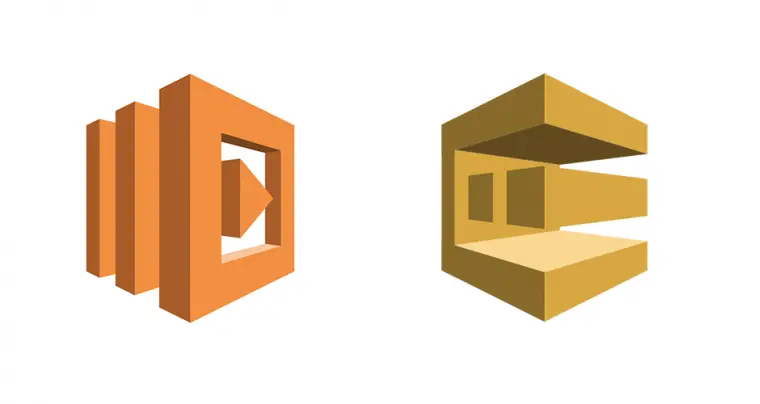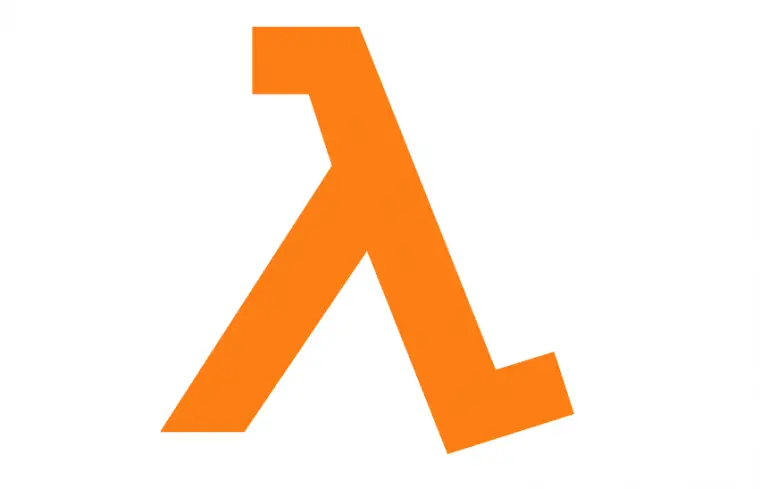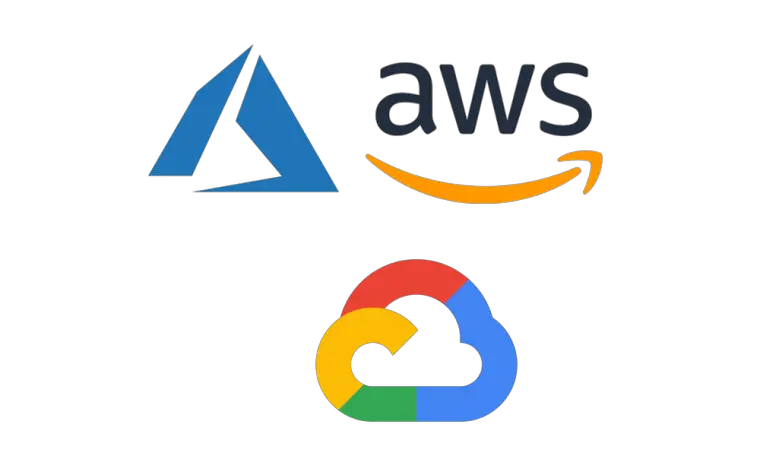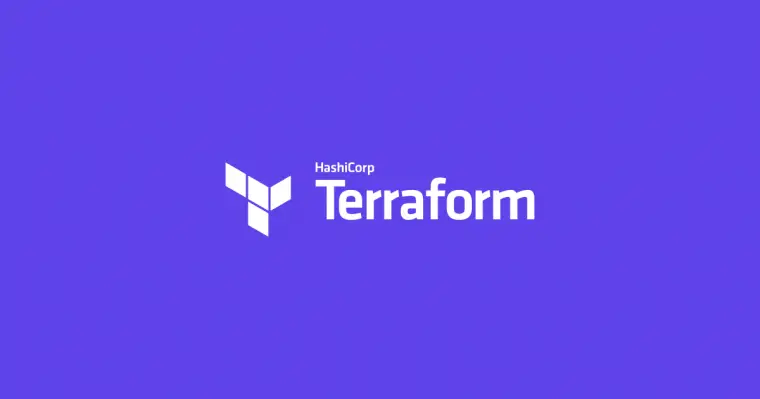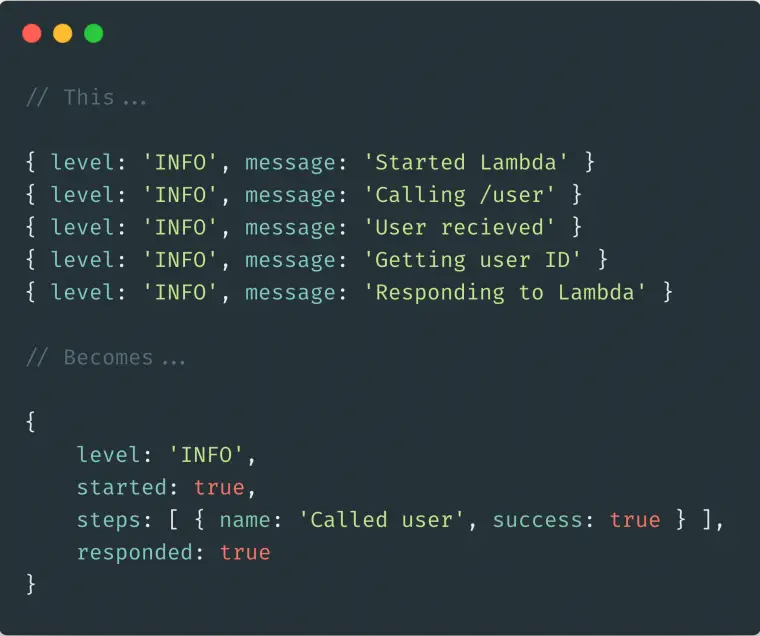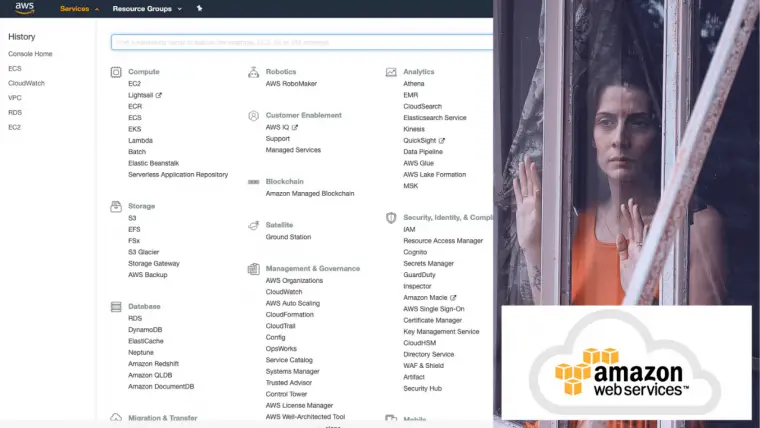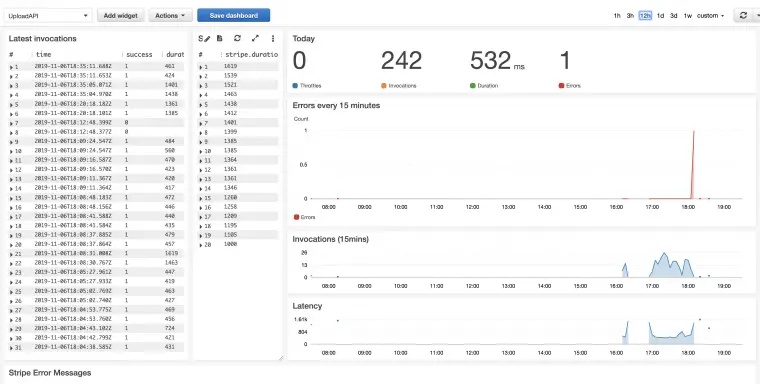I remember staring at the AWS Lambda console for the first time and feeling overwhelmed. There were so many things happening: qualifiers, actions, triggers, permissions. It’s like the cockpit of a fighter jet in there. And with new features the Lambda interface has only become more complicated.
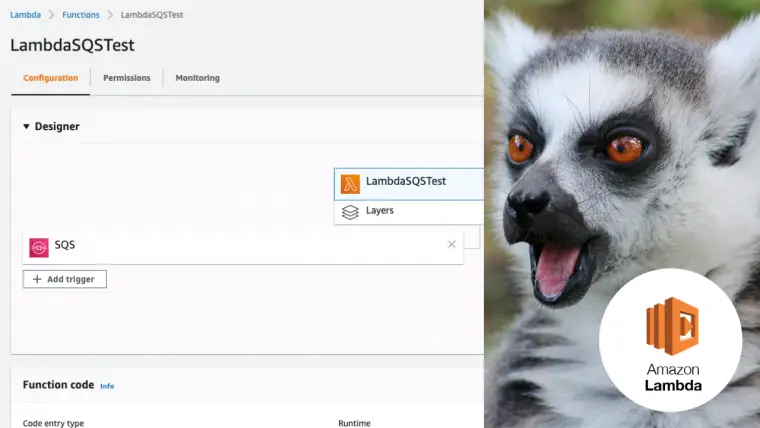
But when you understand the different parts of the AWS Lambda console and everything you can achieve with Lambda it opens up your perspective and builds your confidence. When you know what all the parts do you can then focus your attention only on the features that matter for you.
By the end of this article you will be more confident using AWS Lambda after we explore and understand the AWS Lambda console.
